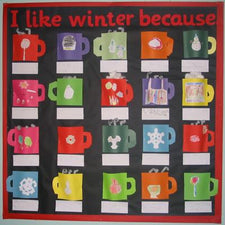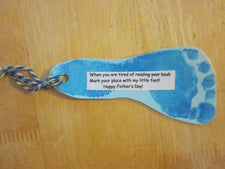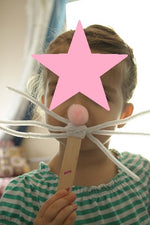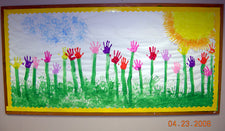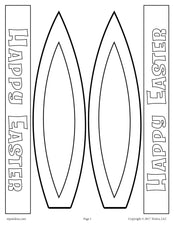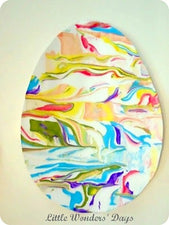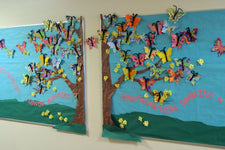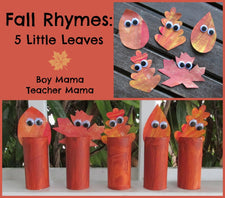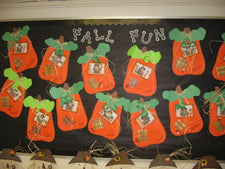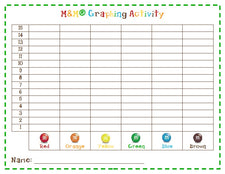The Tlingit Way of Life

The Tlingit
The objective of this lesson is to teach your preschoolers about the Tlingit way of life – where they live, the climate in their region, housing, how they dress (both regularly and ceremonially), what they eat, their customs, transportation, and everyday tools/weapons.
Basic Information
- Habitat: Pacific Northwest Coast
- Housing: Made from cedar planks and faced the sea - most housed 30 to 40 Tlingits
- Clothing: Capes, skirts, and hats were woven from cedar strips and many Tlingit men and women had ear/nose rings, tattoos, and disks pierced through their lower lip
- Food: Expert fishermen, hunters, and gathers - the most notable Tlingit fare included salmon, seals, otters, and whales
- Tools/Transportation: Cedar canoes
Literature
- How Raven Stole The Sun by Maria Williams.
- Raven: A Trickster Tale from the Pacific Northwest by Gerald McDermott.
- If You Lived With The Indians Of The Northwest Coast by Anne Kamma.
- Totem Tale: A Tall Story from Alaska by Deb Vanasse.
- The Tlingit by Alice Osinski.
Tlingit Crafts
Ceremonial Masks. The Tlingit peoples were known for their wooden ceremonial masks. Provide your preschoolers with a plastic pulp mask. Before class, enlist the help of parents to create animal mask "kits" from Wonderfoam® sheets (e.g. cut out the pieces necessary for an eagle mask, bear mask, etc.). Armed with glue and these animal kits, invite your students to assemble their very own ceremonial mask!
Woven Hats. The Tlingits were (and still are!) expert weavers. They wove everything from clothing to baskets, including hats woven from roots. As a fun craft, provide students with inexpensive straw hats, paintbrushes, and craft paint. Invite them to decorate their hats in the style of the Tlingit people - with animals and other symbols important to the tribe (like the ones found here). You may wish to consider templates or stencils for you preschoolers to follow.
Tlingit Games
Jackstraws. This game, played by the Tlingits with wooden sticks and wooden hooks, is similar to Pick-Up Sticks, providing your preschoolers with counting practice as well as a way to strengthen manual dexterity. While they'll most likely need supervision to play, your students will enjoy this taste of Tlingit culture!
Ivory & Wooden Dice Game. Played with a "chair" shaped die, this game could be adapted for the use of a regular die. You'd need to change the scoring rules, etc., but students would still learn about Tlingit culture and get some number recognition and counting practice at the same time!
For more games indigenous to the Alaskan/Pacific Northwest Coast, be sure to visit Alaska Native Knowledge Network. For other crafts, lesson tips, and information, you might also find the following resources useful:
- American Indians Heritage Series: The Tlingits | Kindergarten Lesson Plans
- Tlingit Language and the Tlingit Indian Tribe | Native Languages of the Americas
- Native American Cultures Across the U.S. | EDSITEment Lesson
- Traditions and Languages of Three Native Cultures: Tlingit, Lakota, & Cherokee | EDSITEment Lesson
- Alaska Native Knowledge Network
- Facts for Kids: Tlingit Indians (Tlingits)
Have a wonderful time bringing the Tlingit culture to life in your classroom!

